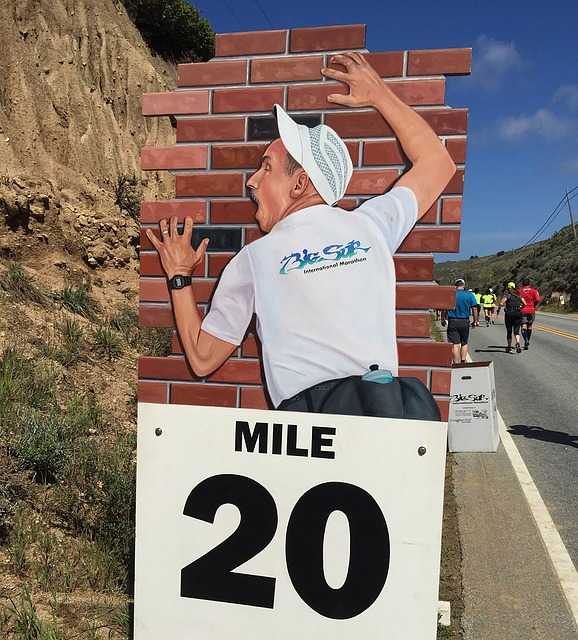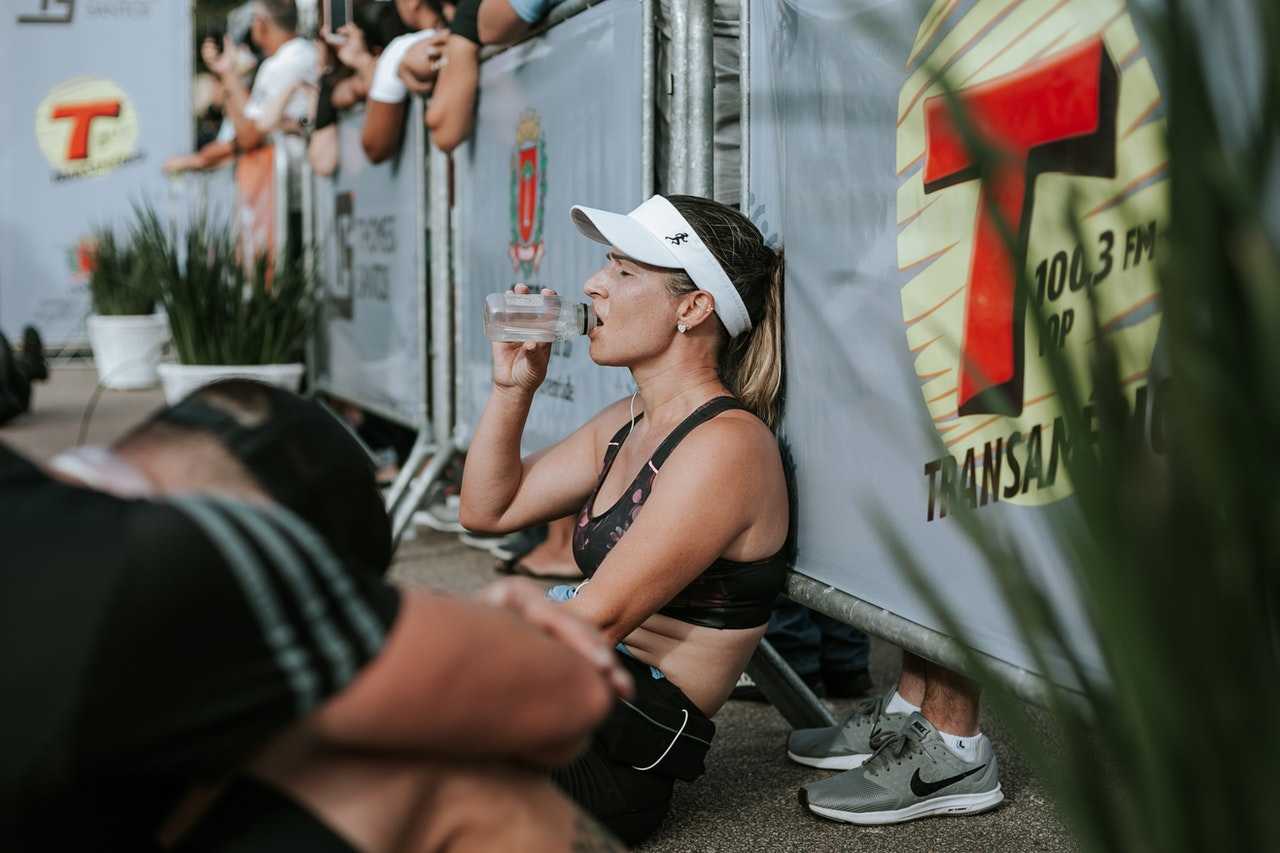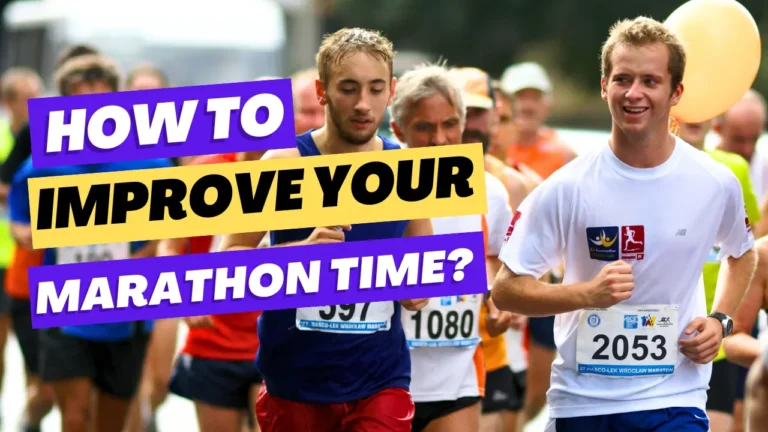Hitting the wall in marathon running can feel like a physical or mental shield. But, there are ways to get around through diet and exercise.
We’ve all been there. Hitting that physical barrier between you and the next step. In this article, I am going to cover some very simple strategies that you can apply during any long-distance races; to go around this wall and sometimes charge right through it.

Table of Contents
What does hitting the wall mean?
It refers to a physiological process happening in your brain and body. It refers to the glycogen stores in your liver and muscles being used up. Meaning, you can’t find the energy to put one foot in front of the other.
You’ll find it synonymous with running but it’s important to know that hitting the wall is different for everyone. It is a term meaning lack of energy and/or dehydration of water and electrolytes.
Our bodies store an average of 2000 calories of glycogen and carbohydrates in our muscles for up to two hours. And, when we burn an average of 100 calories per hour on top of this, it is easy to see why we hit the wall during long-distance marathon training. Luckily, there are ways to avoid it.
What does it feel like to hit the wall?
Well, it is different for everybody as we all react in different ways. Here are just some of the symptoms you might experience when hitting the wall during marathon training:
- Fatigue
- Light-headedness
- Dehydration
- Nausea
- Muscular pain (sharp and/or numb)
- Negative thoughts
- Low energy
- Hunger
- A physical barrier
- Headache
What to do when the wall has been hit?
When hitting your wall, it can be very hard to get to the other side. When glycogen and carbohydrate stores deplete, it is hard for the body to start using the fat stores, meaning you’ll experience a drop in energy.
However, this can be a good experience during your marathon training. When you understand what the wall is, how it feels to you and when you normally hit it during your run, you can train yourself to run around it. It’s better to experience it during training than facing the wall for the first time during the race. It can be daunting.
Here’s some tips for what to do when you hit your wall:
- Close your eyes and focus on breathing exercises to circulate oxygen
- Meditate your goal
- Change your running strategy to incorporate fixed points for walking
- Make the rest of your 26.2 miles less daunting by revising your pacing
- Consume water or a sports drink
- Eat some high-carbohydrate foods
- Drink an energy gel

How to avoid hitting the wall then?
During your marathon training plan, you’ll have set runs dedicated to distance, speed and tempo running. During these, you’ll begin to understand your body’s limits and implement a strategy to avoid the wall.
For example, your plan should have active recovery days where you can incorporate weight training to increase your muscular endurance. This is important as cardio exercise burns through muscle which needs to be re-built.
Nearing the end of your training – approximately 3 weeks prior – you’ll need to be tapering your running distance in order to heal and increase energy stores.
On top of this, focus on nutrition. Practice taking energy gels, food or sports drinks while running to find what provides you the best energy boost. And, the day before the race is the best day to bulk up on carbohydrates for extended energy in your liver and muscles.
Wrap Up
Finally, the key advice would be to stick to a pre-meditated running strategy plan of pacing and walking. Beginning a race too fast, even by accidental hype-induced adrenaline, will burn through energy stores and hit your wall faster. To avoid crowd boosts, consider the scenery strategy: distract yourself by absorbing what’s around you.





[…] you run without training, you will likely ‘hit the wall‘ or injure yourself and hate the prospects of running in the […]
[…] Better endurance (No more hitting the wall!) […]
[…] of what the marathon will be like. If you did it in style, ran it at a consistent pace and avoided hitting the wall, it is a good sign that you might be ready for the full […]
[…] it. Try to run slower than your ‘goal marathon pace’ at the start, this will help you avoid hitting a wall later on. So try to run the first couple of miles in the marathon at about 10 seconds slower than […]
[…] you run without training, you will likely ‘hit the wall‘ or injure yourself and hate the prospects of running in the […]